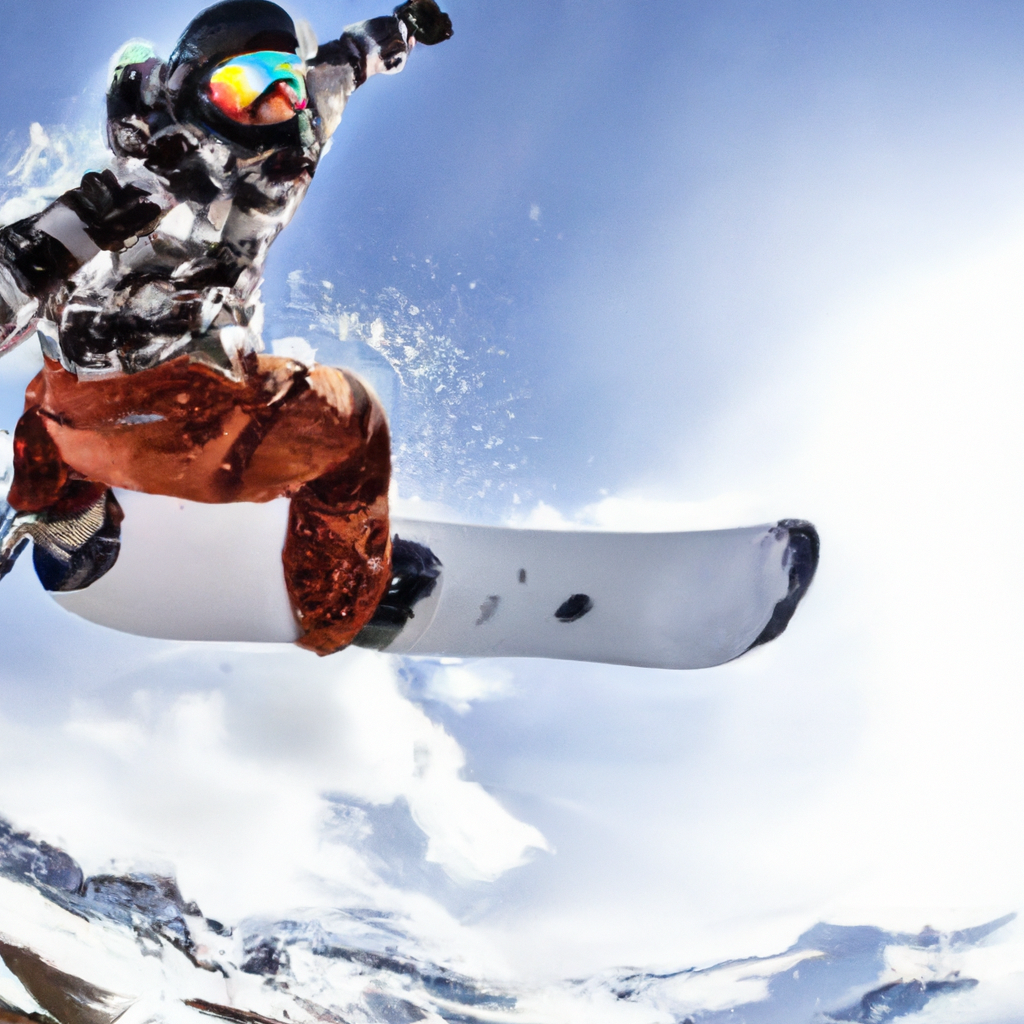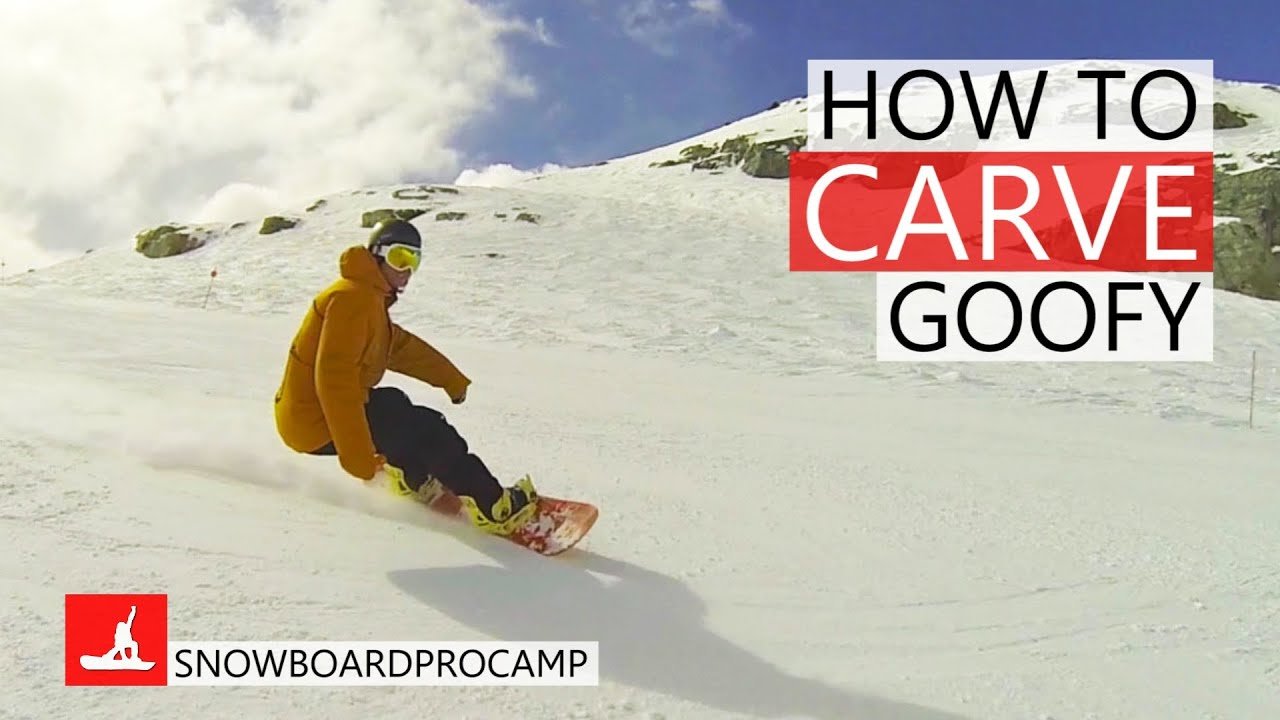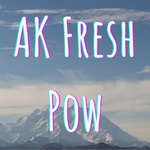
How to Carve on a Snowboard Goofy – How to Snowboard
In this article/video, titled “How to Carve on a Snowboard Goofy – How to Snowboard,” Kevin from SnowboardProCamp teaches the viewers how to do carving turns on a snowboard. He explains that carving is when you ride your snowboard edge around a turn, leaving a clean line in the snow. Carving turns are crucial for staying in control at high speeds, executing quick turns, and even in the terrain park for setting up spins. To master carving turns, Kevin breaks it down into five essential snowboarding skills: stance, edging, steering, pressure control, and adapting to the terrain. He encourages the viewers to work on all of these skills to achieve solid carving turns and even offers to provide feedback if they have any questions or videos showcasing their carving skills.
Kevin starts off by emphasizing the importance of a balanced and centered stance for carving, stating that riders should stand on their board in an athletic stance with bent knees, a straight back, and hands resting over the snowboard’s nose and tail. He then explains the significance of having more of the board’s edge in the snow to hold the carve. Flexing the ankles helps increase the angle of the snowboard and secure the edge. Steering is another crucial skill, and Kevin recommends using the front knee and shoulder to steer dynamically through the carve, turning the knee and shoulder inward for the toe carve, and outward for the heel carve. Additionally, he highlights the importance of pressure control, noting that more pressure builds on the back foot toward the end of the turn. Finally, Kevin advises riders to adapt the shape and speed of their carve to the terrain they are riding on, going for smaller carve turns on mellow terrain with less speed and larger carve turns on steep terrain with more speed.
How to Carve on a Snowboard Goofy – How to Snowboard

Introduction
In this article, we will discuss how to carve on a snowboard. Carving is a technique where you ride your snowboard edge around a turn, leaving a clean line in the snow. Carving turns are crucial for maintaining control at high speeds, executing quick turns, and even carving in terrain parks for spins. To achieve successful carving turns, you need to develop five key snowboard skills: a balanced and centered stance, increasing edge angle, quick and aggressive steering, pressure control throughout the turn, and the ability to adapt to varying terrains. By mastering these skills and putting them all together, you can achieve a solid carving turn on your snowboard.
Importance and Applications of Carving Turns
Carving turns are essential for several reasons. Firstly, they help you maintain control at high speeds. When you carve, you have more control over your snowboard, allowing you to navigate steep slopes and icy conditions with ease. Additionally, carving turns are crucial for executing quick turns on the mountain. Whether you need to avoid obstacles or change direction rapidly, mastering carving techniques will greatly improve your maneuverability. Lastly, carving in terrain parks is essential for setting up spins and tricks. By carving on the approach to a jump, you can generate speed and ensure a smooth takeoff.
Five Snowboard Skills for Carving Turns
To achieve successful carving turns, you need to develop five key snowboard skills. These skills are:
-
Balanced and Centered Stance: Your stance is crucial for maintaining balance and stability while carving. Adopt an athletic stance with your knees bent, back straight, and hands at your sides over your snowboard’s nose and tail.
-
Increasing Edge Angle: To hold a carve around a turn, you need to increase the angle of your snowboard’s edge in the snow. Flex your ankles and lock in your edge to maintain control and stability.
-
Quick and Aggressive Steering: Steering in a carve turn needs to be quick and aggressive. Use your front knee and shoulder to help steer dynamically through the carve. Turn your knee and shoulder in for the toe carve and out for the heel carve.
-
Pressure Control Throughout the Turn: As you go around a carving turn, pressure builds on your snowboard. More pressure builds on your back foot towards the end of the turn. Bend your knees to absorb this pressure and maintain control. Additionally, bend your back leg more to absorb the pressure at the end of the turn.
-
Adapting to Terrain: Carving turns should be adapted to different terrains. On mellow terrain with less speed, smaller carve turns are recommended. On steep terrain with more speed, larger carve turns provide better control.
By developing and mastering these five snowboard skills, you can achieve smooth and controlled carving turns.
Balanced and Centered Stance
Achieving a balanced and centered stance is crucial for successful carving turns. To achieve this stance:
- Stand on your snowboard with your feet shoulder-width apart.
- Bend your knees to create an athletic stance.
- Keep your back straight to maintain stability.
- Position your hands at your sides over your snowboard’s nose and tail.
By adopting a balanced and centered stance, you can maintain stability and control throughout your carving turns.
Increasing Edge Angle
Increasing the edge angle of your snowboard is essential for holding a carve around a turn. To achieve this:
- Flex your ankles to increase the angle of your snowboard’s edge in the snow.
- Lock in your edge by applying pressure on the edges of your snowboard.
By increasing the edge angle, you can maintain control and stability while carving.
Quick and Aggressive Steering
Quick and aggressive steering is crucial for successful carving turns. To steer effectively:
- Use your front knee and shoulder to steer more dynamically through the carve.
- Turn your knee and shoulder in for the toe carve and out for the heel carve.
By implementing swift and assertive steering techniques, you can achieve smooth and precise carving turns.
Pressure Control Throughout the Turn
Maintaining proper pressure control throughout the turn is essential for successful carving. To achieve this:
- Pressure builds on your snowboard as you go around the carving turn, with more pressure building on your back foot towards the end.
- Bend your knees around the turn to absorb this pressure and maintain control.
- Bend your back leg more to absorb the pressure at the end of the turn.
By managing pressure and flexing your legs appropriately, you can ensure stability and control throughout your carving turns.
Adapting to Terrain
Adapting your carving turns to different terrains is crucial for maintaining control and stability. Consider the following:
- Terrain considerations play a significant role in determining the shape and speed of your carve turns.
- On mellow terrain with less speed, smaller carve turns are recommended.
- On steep terrain with more speed, larger carve turns are necessary to maintain control.
By adapting your carving turns to the terrain, you can ensure optimal performance and control.
Putting All the Skills Together
To achieve a solid carving turn, it is essential to put all the aforementioned snowboard skills together:
-
Start with a balanced and centered stance, with your knees slightly bent, back straight, and hands positioned over your snowboard’s nose and tail.
-
Increase the edge angle of your snowboard by flexing your ankles and locking in the edge.
-
Employ quick and aggressive steering techniques, using your front knee and shoulder to steer dynamically through the carve.
-
Maintain pressure control throughout the turn by bending your knees and flexing your legs appropriately.
-
Adapt the shape and speed of your carve turns to the terrain you’re riding.
By integrating and perfecting these skills, you can achieve smooth and controlled carving turns on your snowboard.
Seeking Feedback and Improving
Lastly, seeking feedback is crucial for improving your carving technique. Consider the following:
- If you have any questions or comments, leave them in the comment section below the video or article.
- Consider posting a video of your carving for feedback. You can include a link to the video as a comment, allowing others to watch your riding and provide valuable insights.
By seeking feedback and actively working on improving your technique, you can continually enhance your carving skills on a snowboard.
